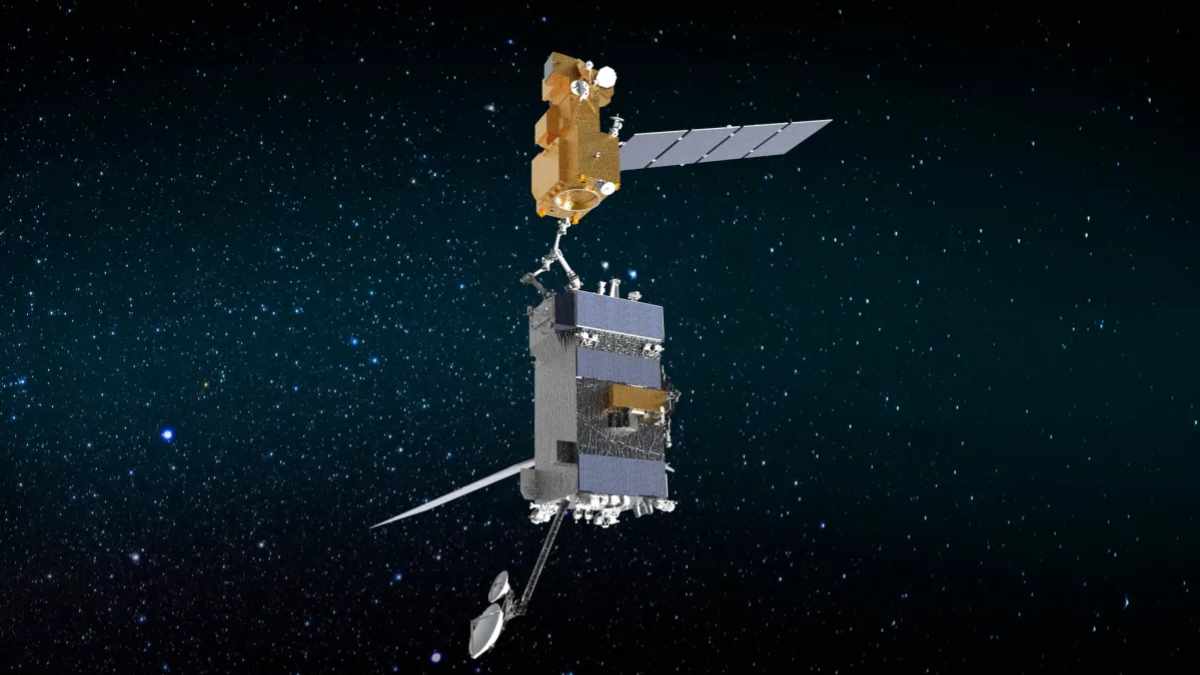NASA has made the decision to cancel the On-orbit Servicing, Assembly, and Manufacturing 1 (OSAM-1) mission, citing continued technical, cost, and schedule challenges. The mission, with a budget of $1.5 billion already spent, was projected to require an additional $1 billion to reach the launch pad. Let’s delve into the details of this cancellation and its implications.
Mission Overview
Originally conceived in 2016 as the Restore-L mission aimed at demonstrating satellite refueling technology, OSAM-1 expanded its scope in 2020 to include in-orbit assembly objectives. This decision led to significant delays and cost increases, ultimately pushing the total project cost to an estimated $2.35 billion.

A report by NASA’s inspector general last year outlined the mission’s delays and cost overruns. Since 2016, the space agency has requested $808 million from Congress for Restore-L and OSAM-1. Lawmakers responded by giving NASA nearly $1.5 billion to fund the development of the mission, nearly double what NASA said it wanted.
Reasons for Cancellation
The cancellation of OSAM-1 comes amidst changing market dynamics, with the satellite industry moving away from refueling unprepared spacecraft. Instead, the focus has shifted towards extending satellite life through alternative means, such as Northrop Grumman’s Mission Extension Vehicle.
NASA cancels OSAM-1 satellite servicing technology mission https://t.co/W55owYa9Te pic.twitter.com/enr1wBjx6n
— SpaceNews (@SpaceNews_Inc) March 2, 2024
Contractor Performance
Maxar, NASA’s prime contractor for OSAM-1, faced criticism for poor performance, contributing to delays and cost overruns. Despite NASA’s attempts to incentivize improvements, the firm-fixed-price contracts limited the agency’s ability to address performance issues effectively.
Recently, the @NASA’s On-orbit Servicing, Assembly, and Manufacturing 1 (OSAM-1) project management team visited @Maxar in California to view progress on the OSAM-1 spacecraft bus. Later this year, the spacecraft will journey to @NASAGoddard for final integration and testing. pic.twitter.com/Cx8cPr8qNJ
— NASA’s Exploration & In-space Services (@NASASatServices) March 6, 2023
Implications and Next Steps
With OSAM-1 canceled, NASA plans to conduct an orderly shutdown of the project, including the disposition of hardware and exploration of potential partnerships or alternative uses for the technology developed.
NASA said it is reviewing how to mitigate the impact of OSAM-1’s cancellation on the workforce at Goddard. Approximately 450 NASA employees and contractors are working on OSAM-1, according to Space News.
Conclusion
The cancellation of OSAM-1 marks the end of a costly and challenging endeavor for NASA. While disappointing, the decision reflects the evolving landscape of satellite servicing technology and underscores the need for adaptive approaches in space exploration initiatives.
By assessing the facts and implications of this cancellation, NASA aims to refocus its efforts on projects with greater potential for success and impact in advancing space exploration.



